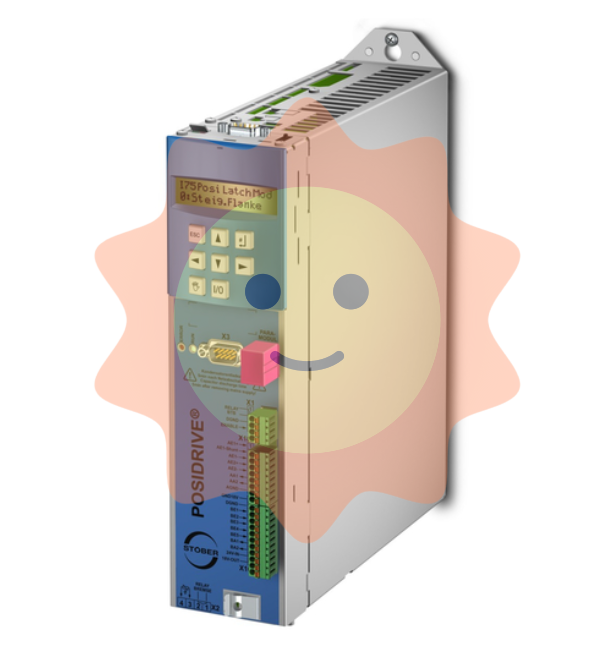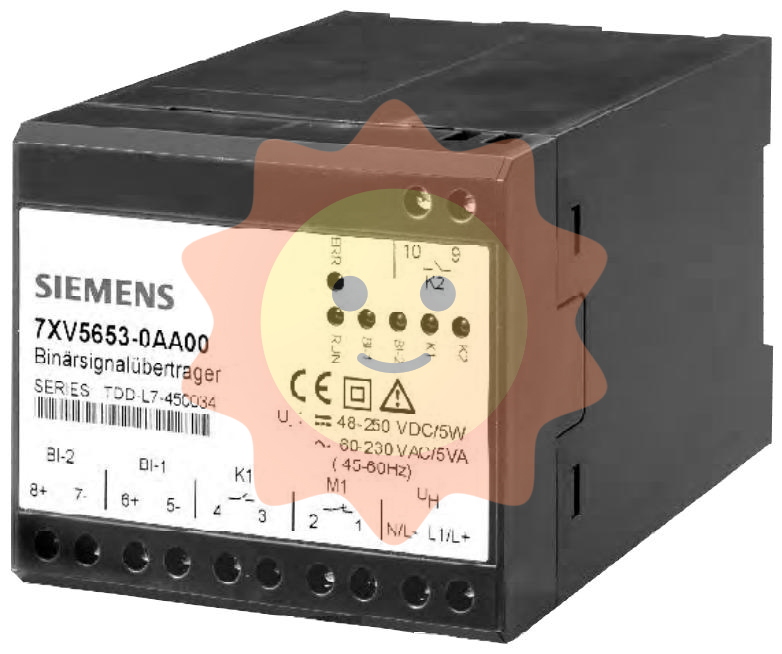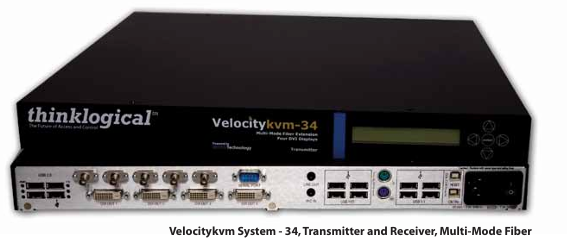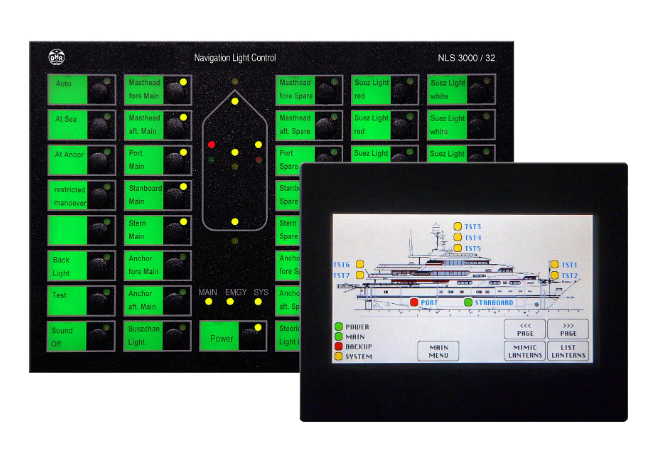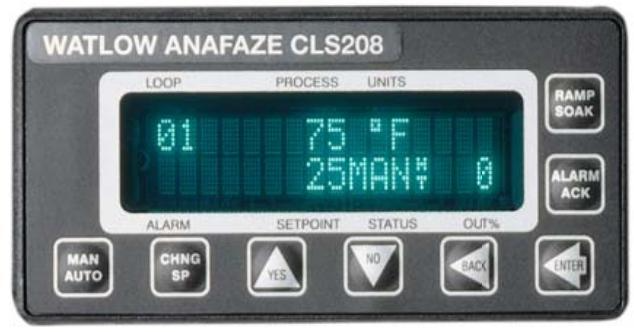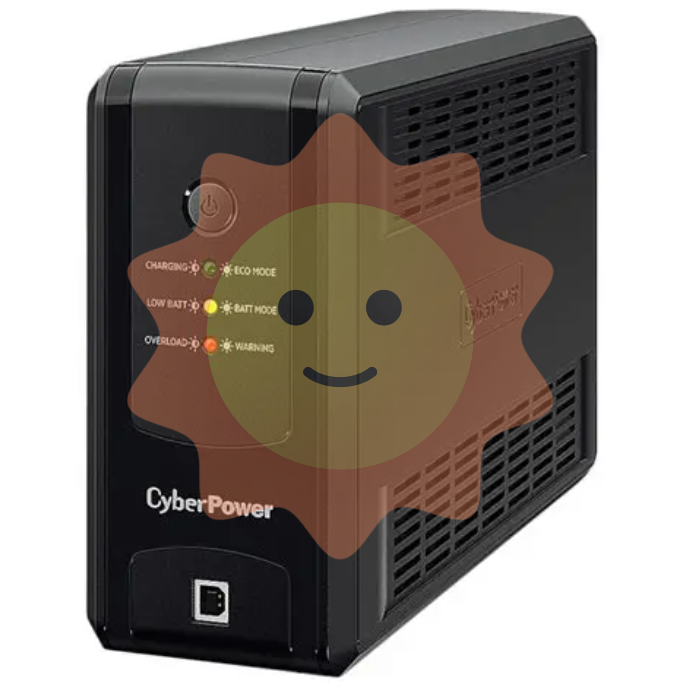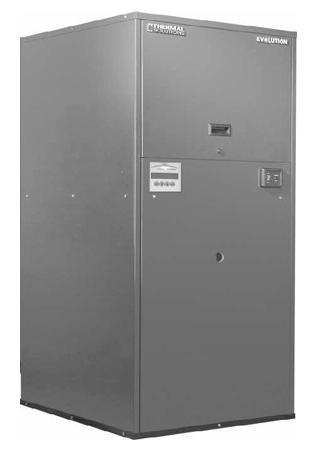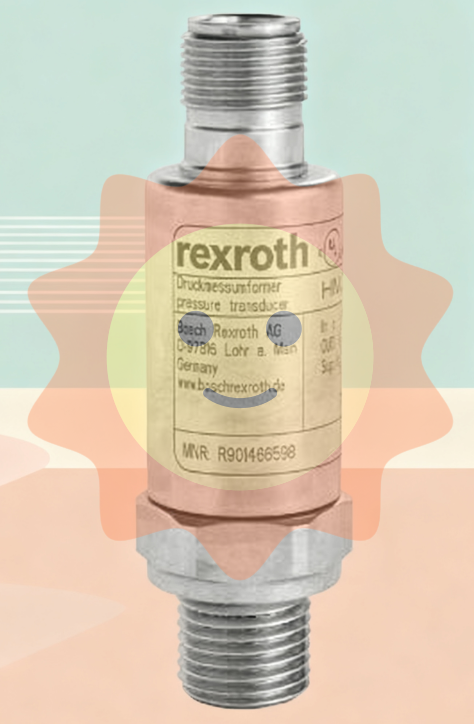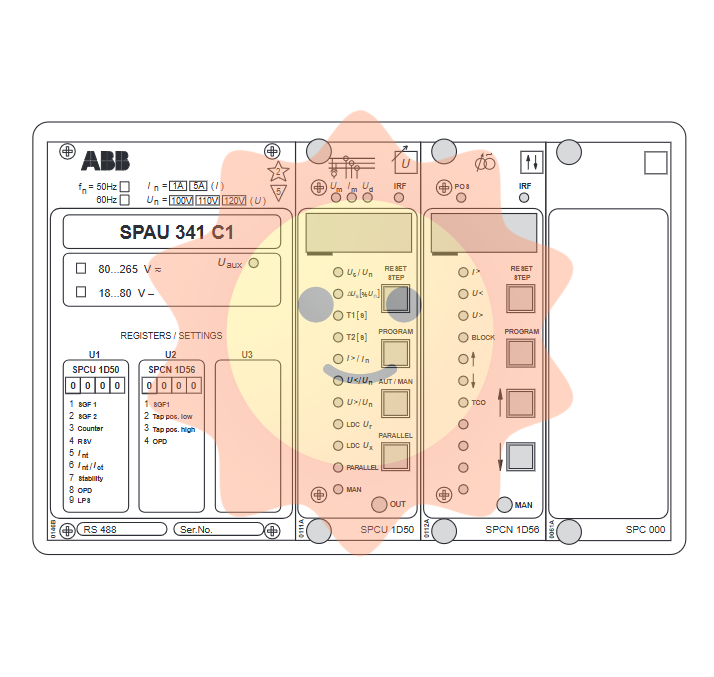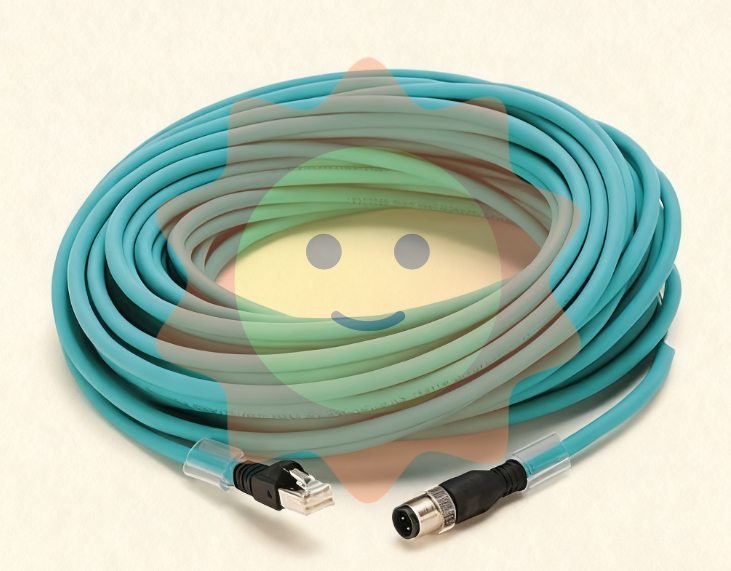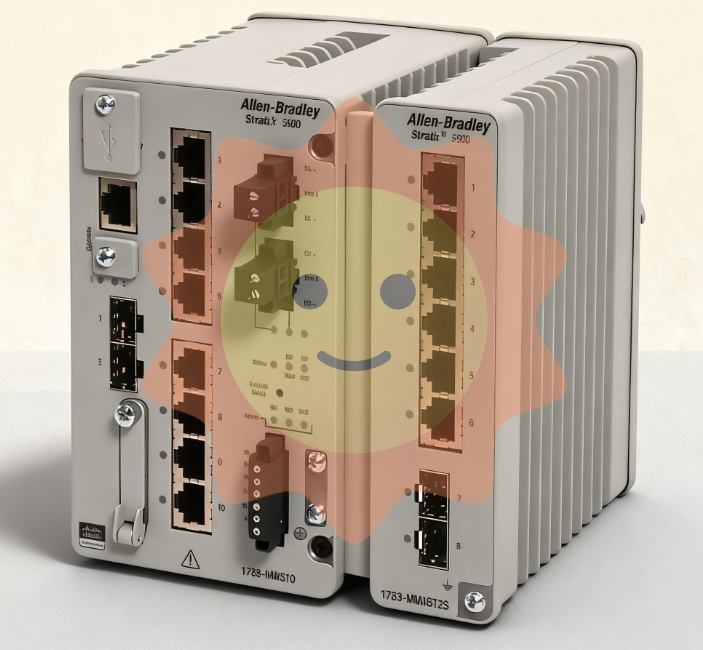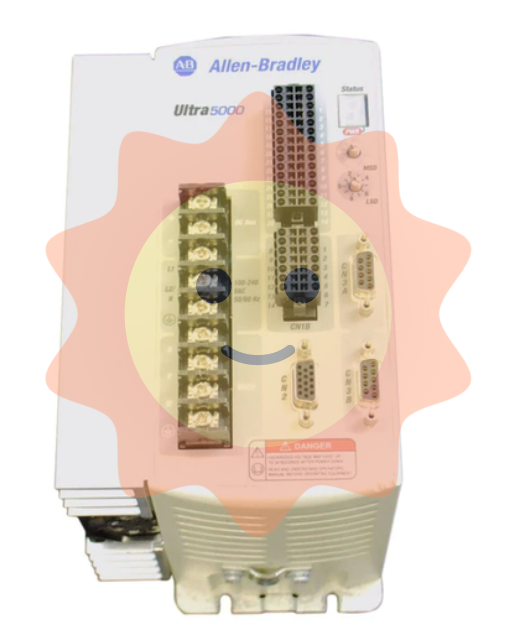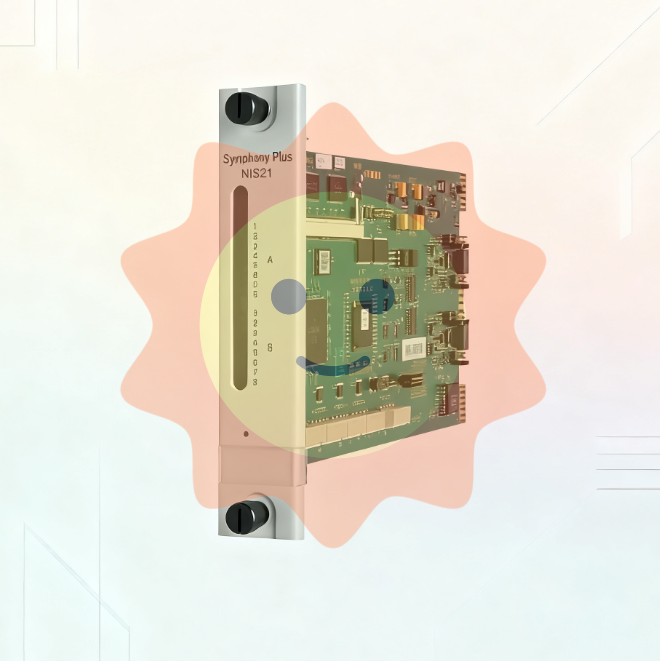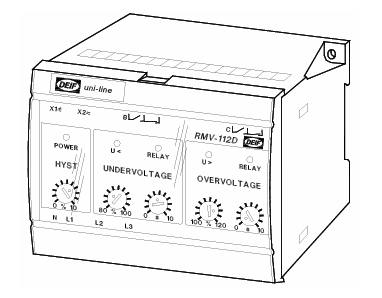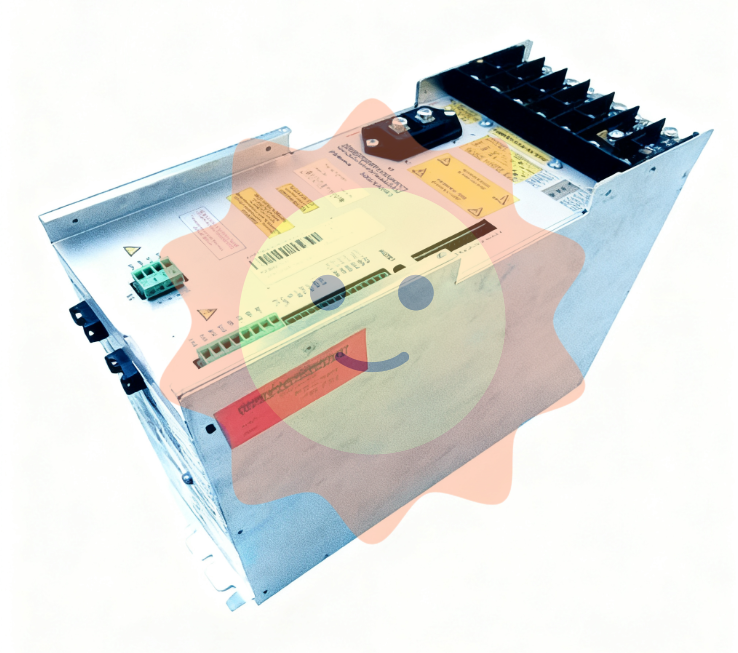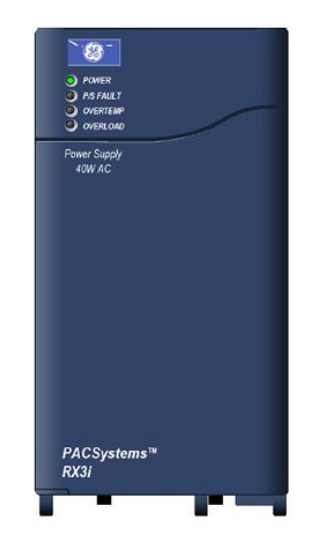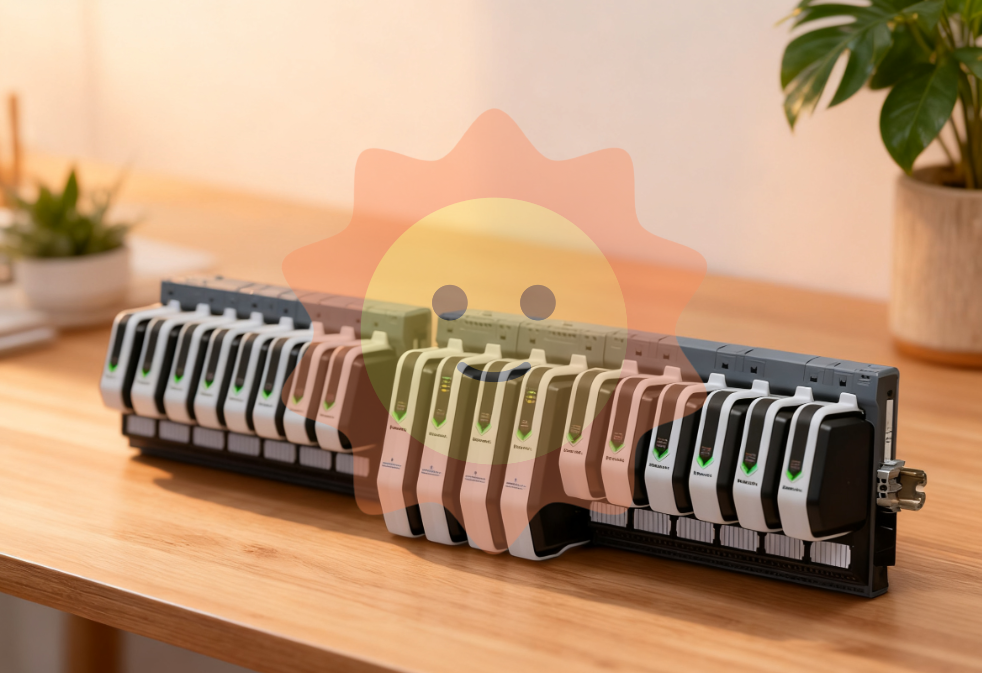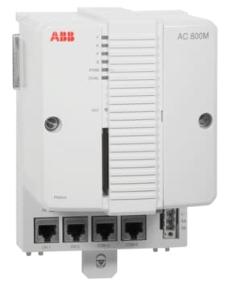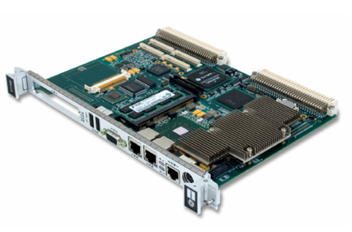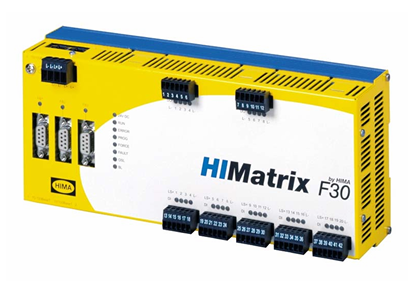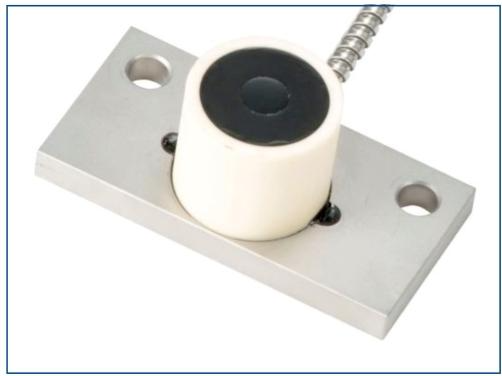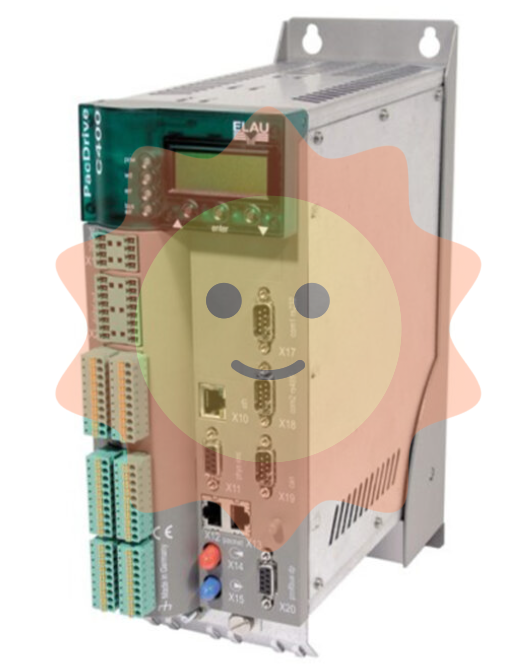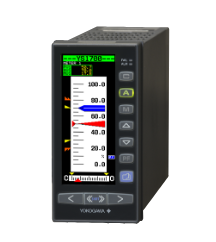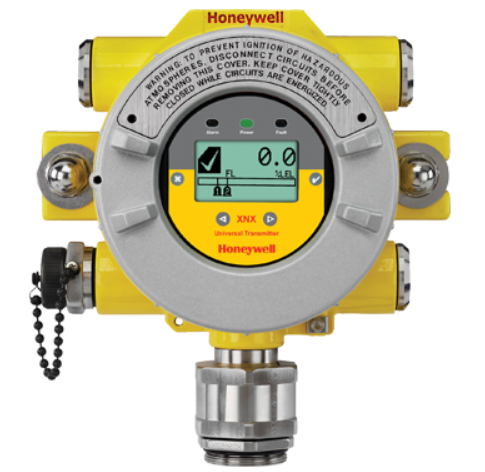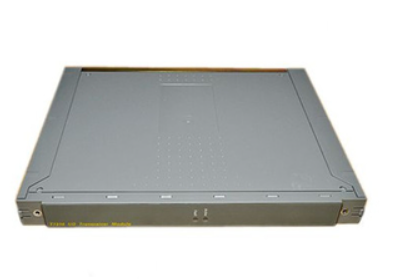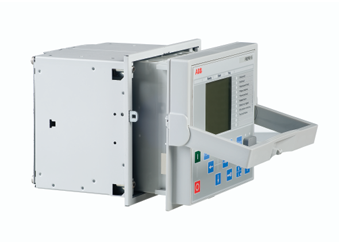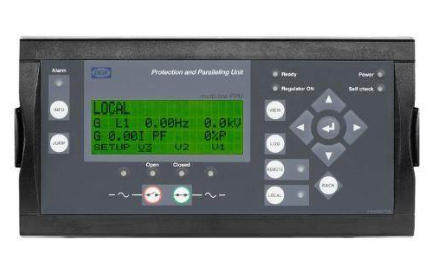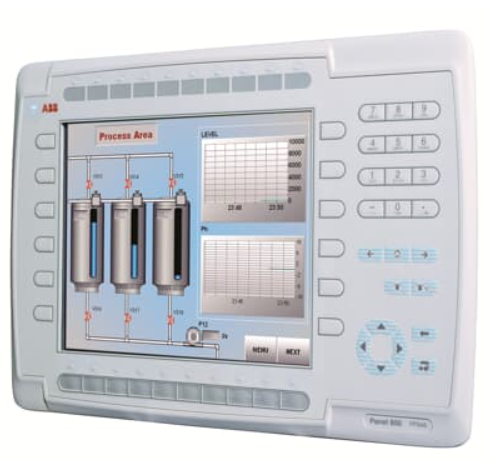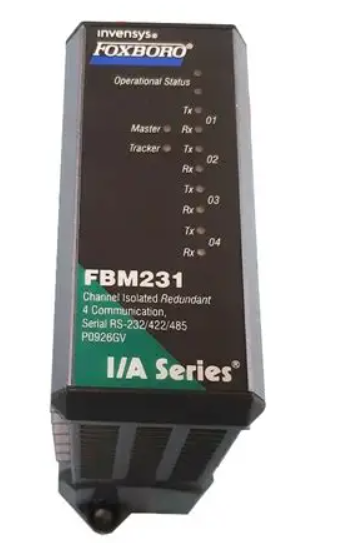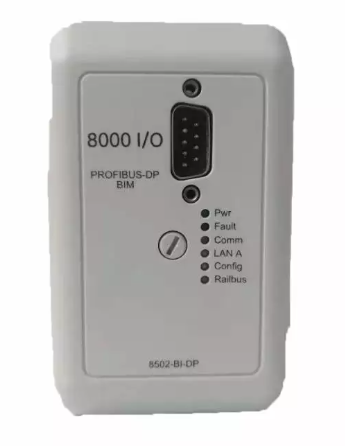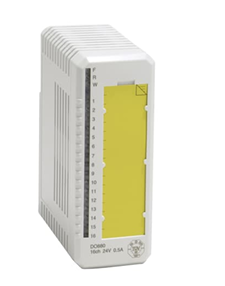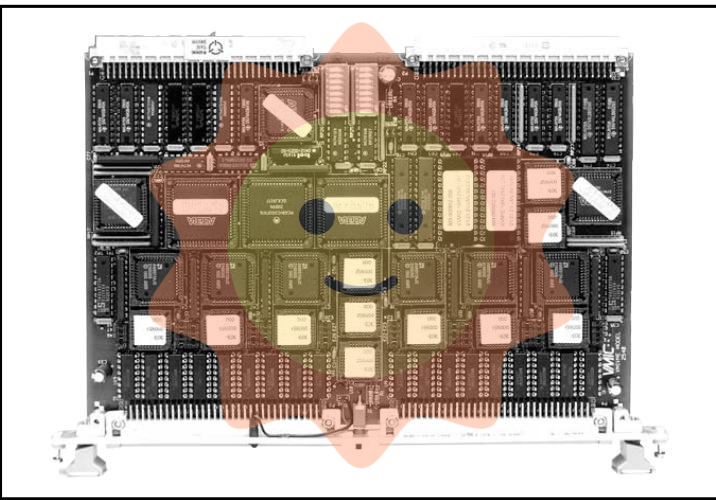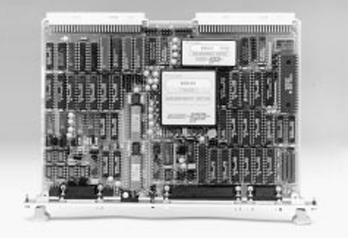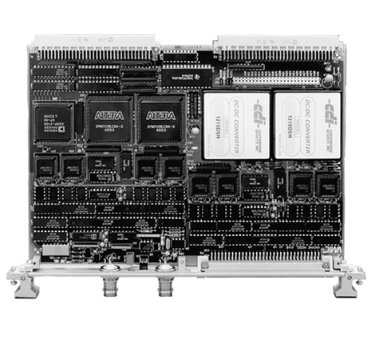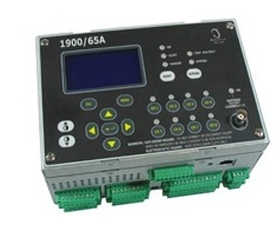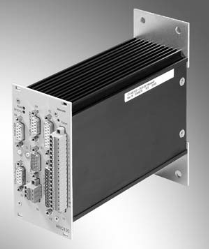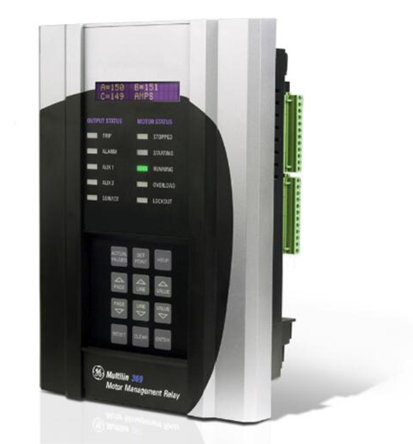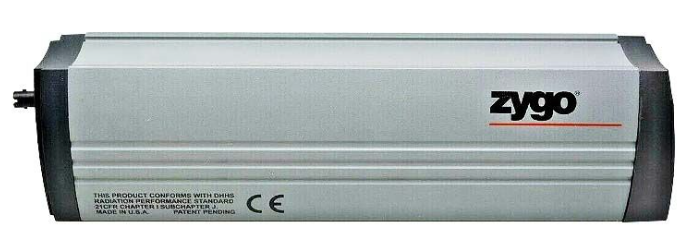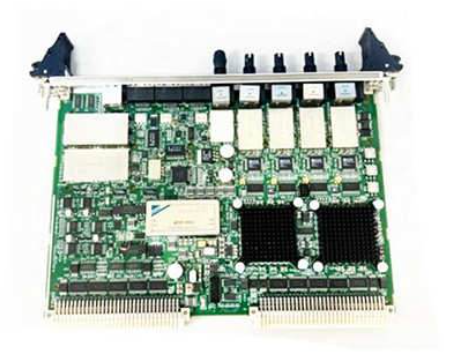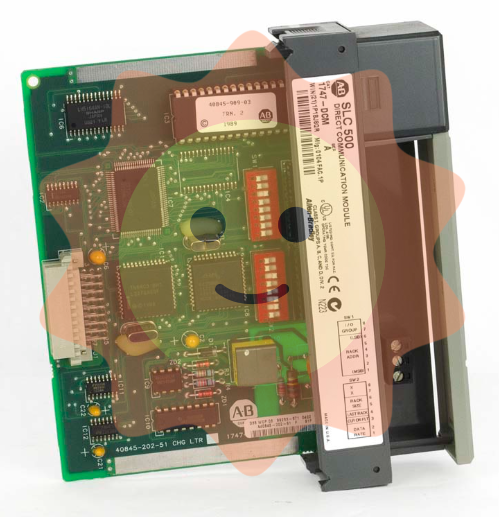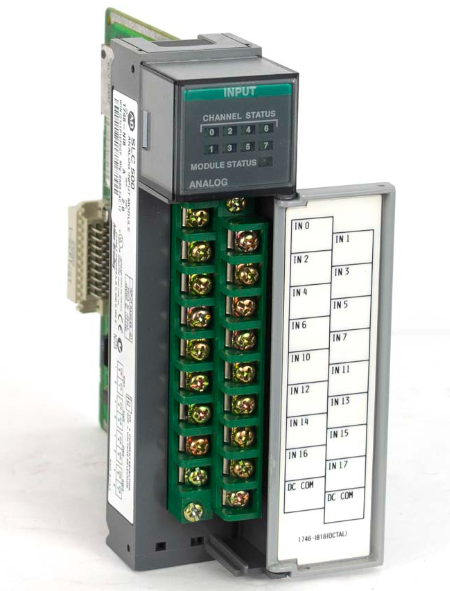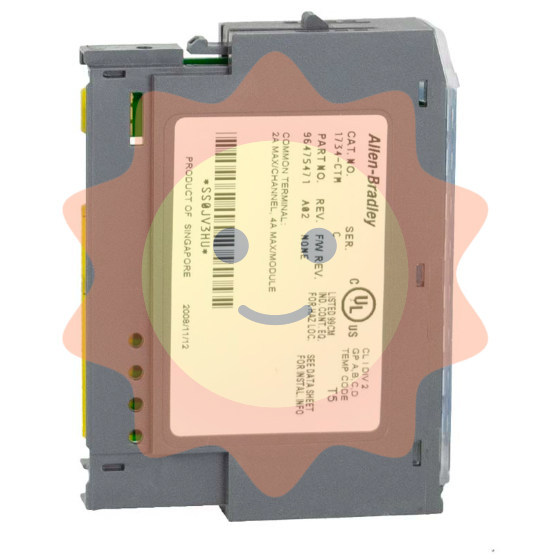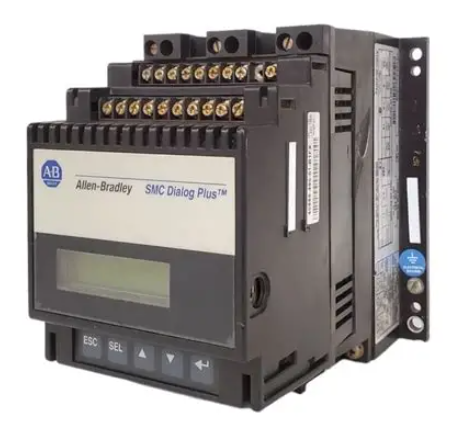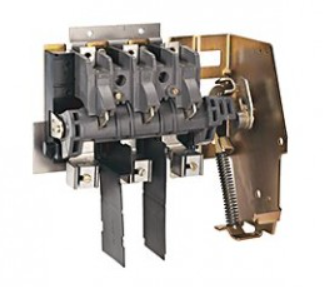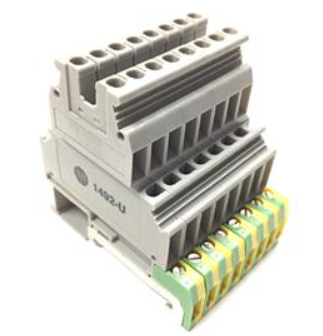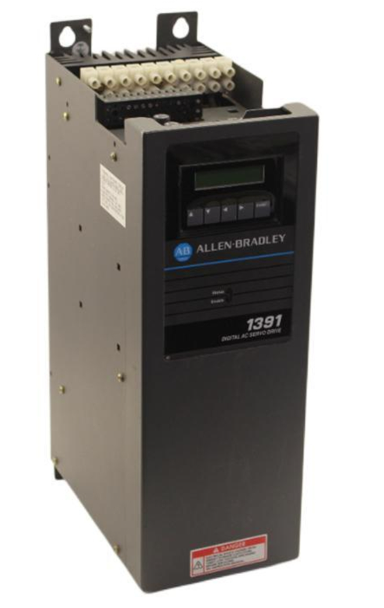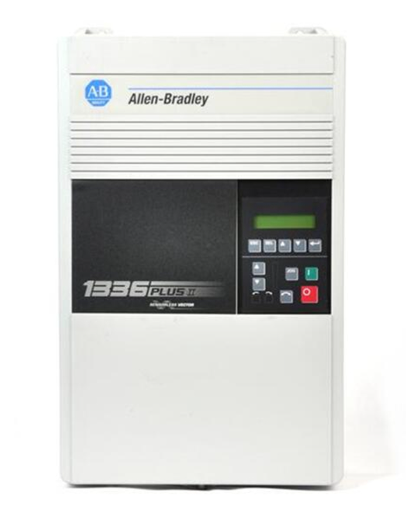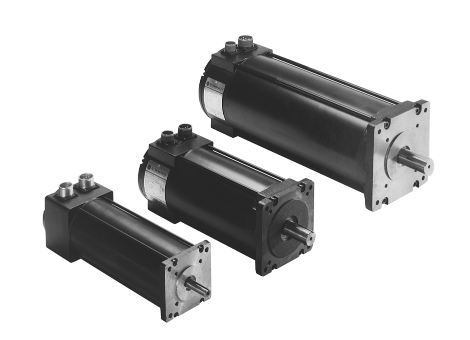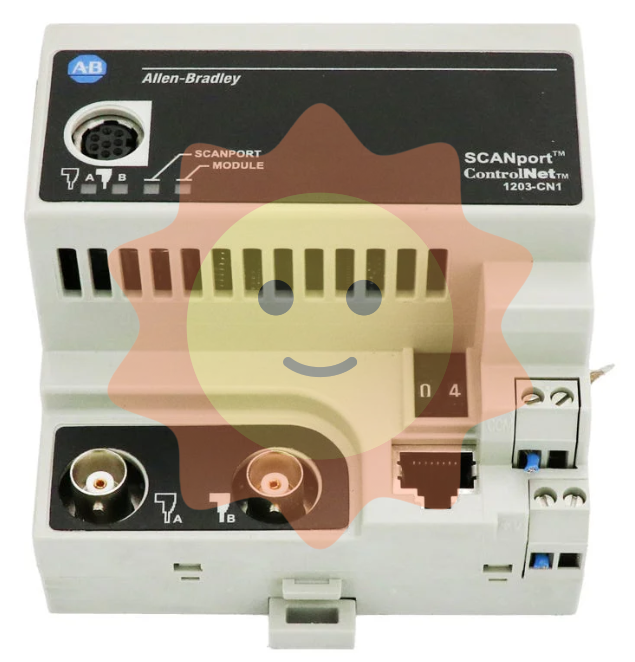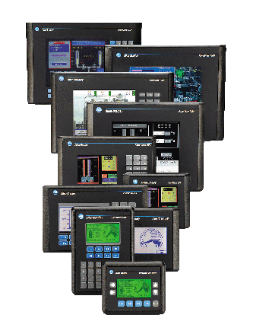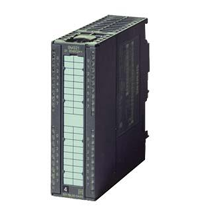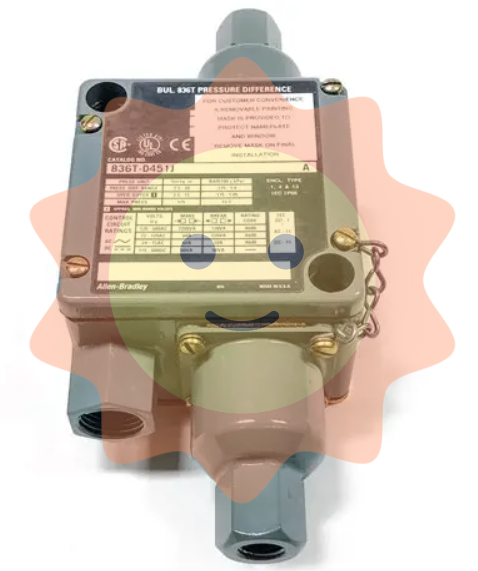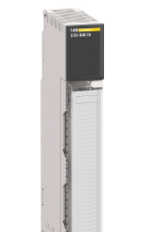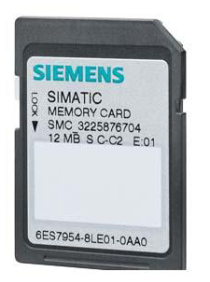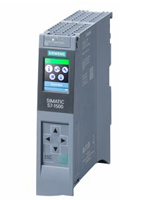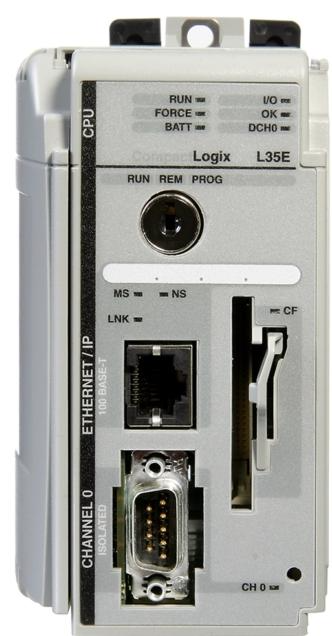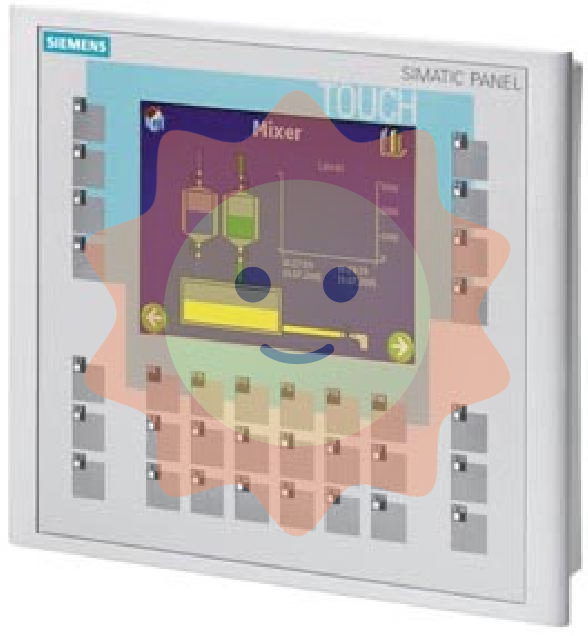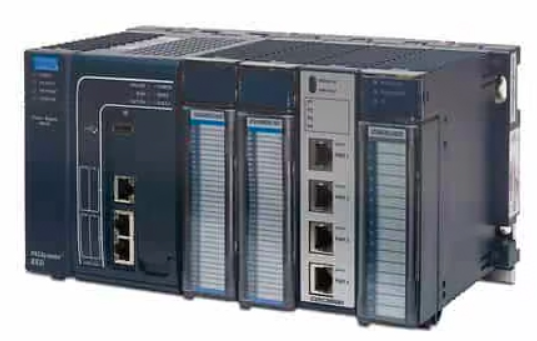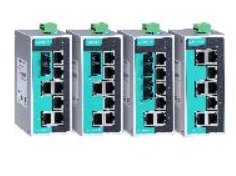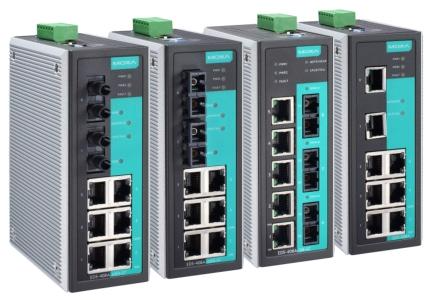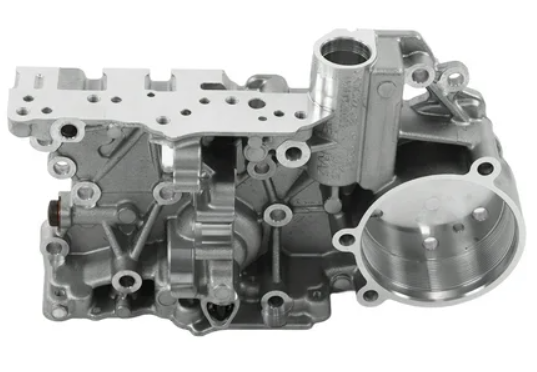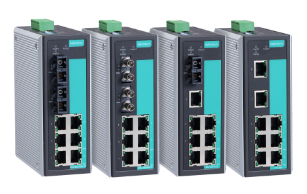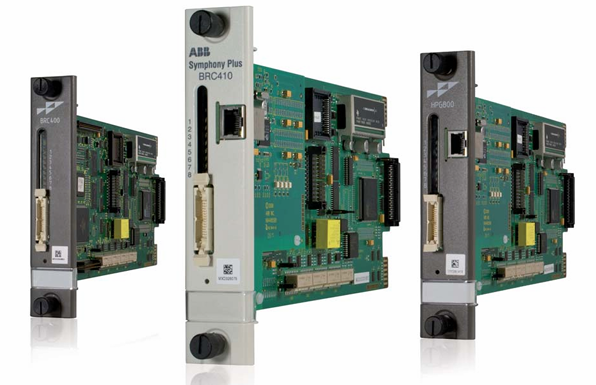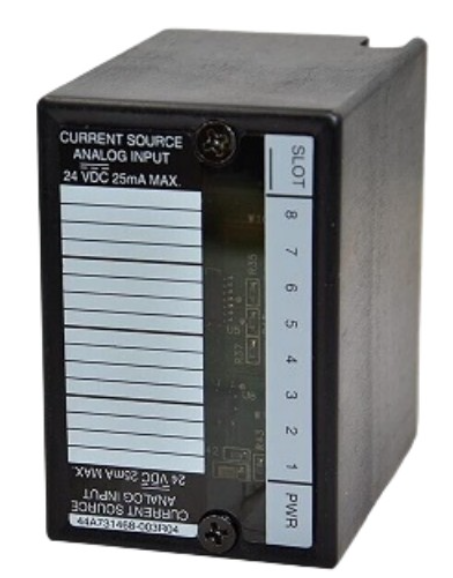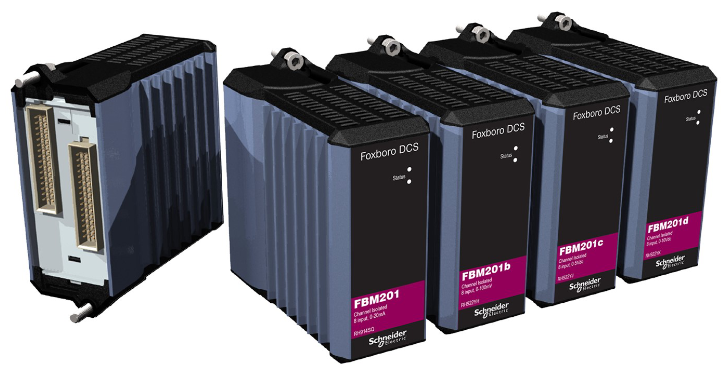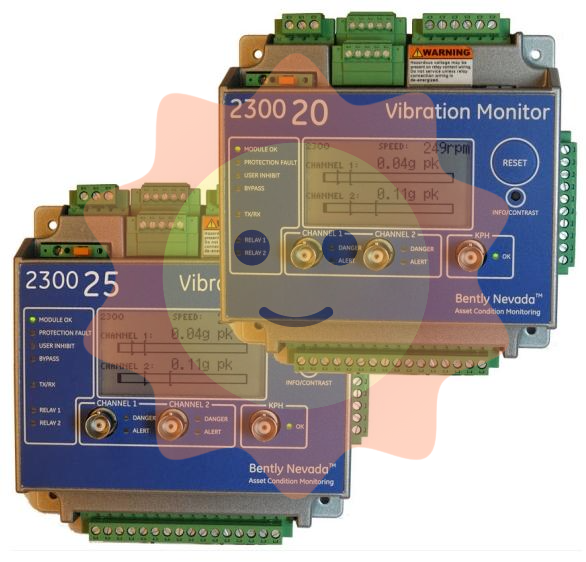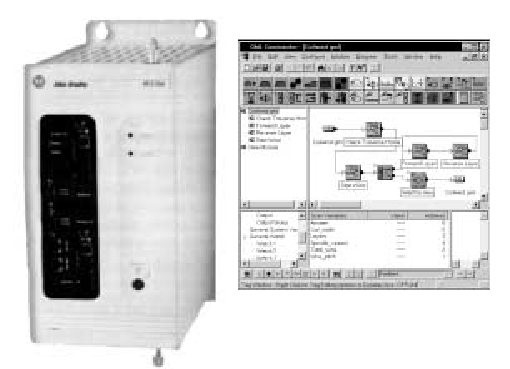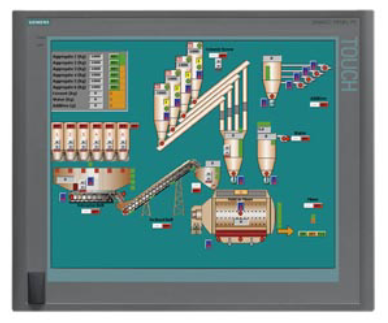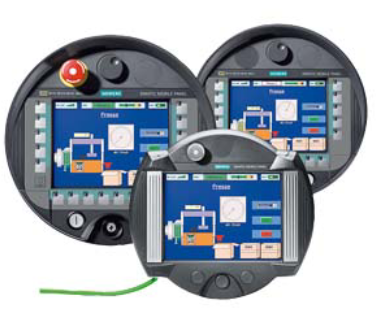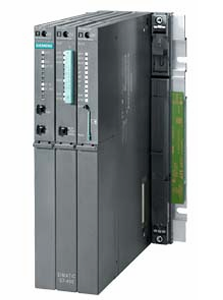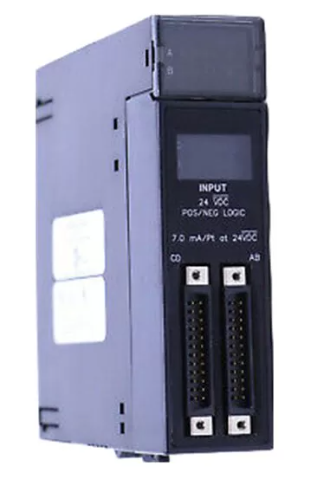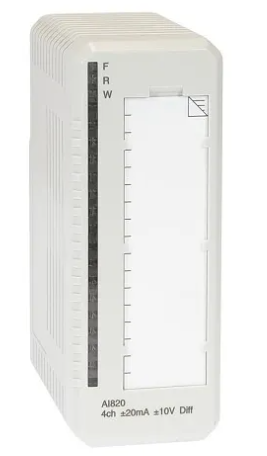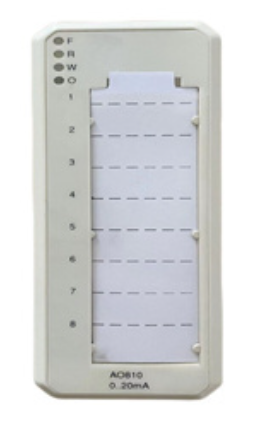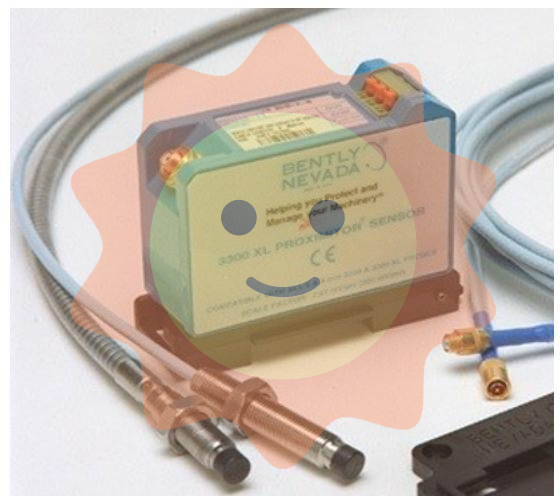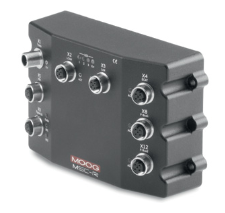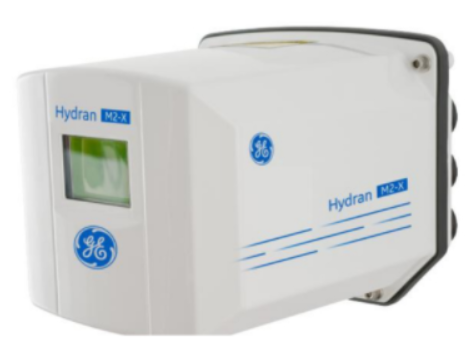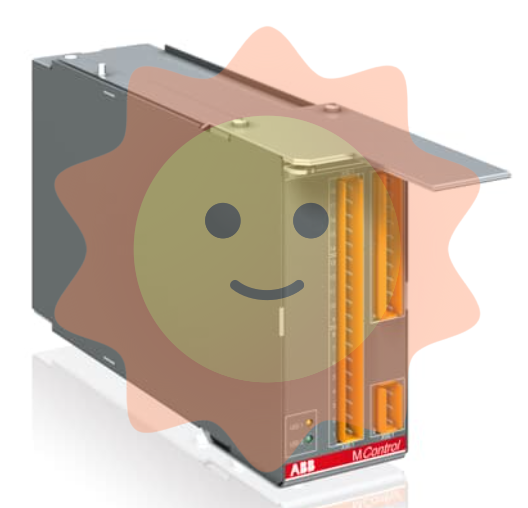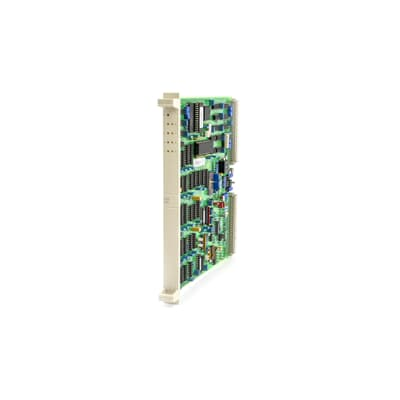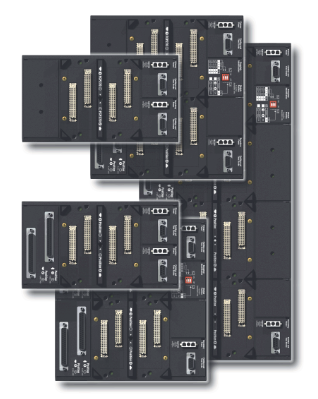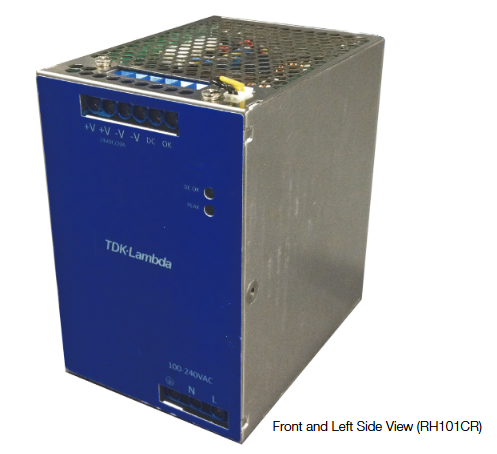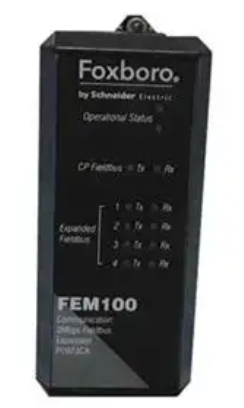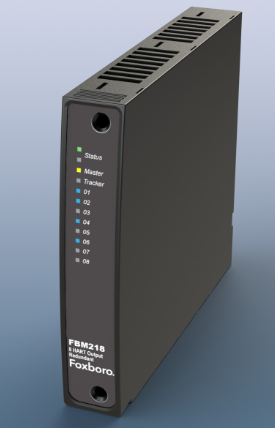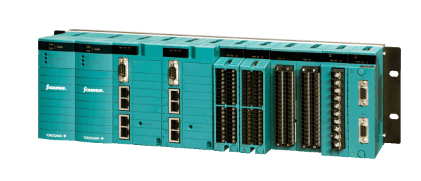ABB NTU-7B1/A RTD Input Module Termination
Basic information
System: Typically part of an industrial automation system such as ABB's Bailey Infi 90, it is used to receive and process signals from RTD sensors.
Model number: ‘NTU’ stands for Terminal Unit, ‘7B1/A’ is the specific identification of the model number, which is used to differentiate between terminal modules with different functions and characteristics.
Functional characteristics
Signal input and processing
Adaptable to a variety of RTD sensors: Adaptable to common RTD sensors such as Pt100, Pt1000, etc., which can measure a wide range of temperatures, generally from - 200℃ to + 850℃, to meet the needs of temperature monitoring in a variety of industrial scenarios.
High-precision signal conversion: The resistance change signal of RTD sensor is accurately converted into digital signal or standard analogue signal with high conversion accuracy, usually up to ±0.1℃ or even higher, which ensures the accuracy of temperature measurement and provides reliable data support for industrial process control.
Linearisation: The non-linear characteristic of RTD is linearised to make the output signal linear with temperature, simplifying the temperature calculation and compensation process in the control system and helping to improve the control accuracy and stability of the system.
Isolation and protection function
Electrical isolation: the input channel and the output channel have good electrical isolation performance, the isolation voltage can be as high as thousands of volts, which can effectively prevent external interference signals and high-voltage pulses on the control system, to protect the system in the complex industrial electrical environment, safe and stable operation.
Over-voltage and over-current protection: Built-in over-voltage and over-current protection circuit, when the input signal exceeds the rated voltage or current range of the module, it can quickly cut off the input channel, protect the internal circuit of the module and the connected equipment from damage, prolong the service life of the equipment, and reduce the system maintenance costs.
Diagnostic and Alarm Functions
Failure self-diagnosis: It has a powerful failure self-diagnosis function, which can monitor its own working status and the validity of input signals in real time. Once the module failure, sensor failure or signal abnormality is detected, it will immediately send out the corresponding alarm signal and upload the fault information to the control system, which is convenient for the maintenance personnel to find and deal with the problem in time and reduce the system downtime.
Channel status monitoring: The status of each input channel can be monitored individually, displaying the connection status of the channel, whether the signal is normal and other information, which is convenient for users to quickly locate the faulty channel and improve the efficiency of troubleshooting.
Technical Parameters
Electrical parameters
Working voltage: the general working voltage range is 20V - 30V DC, a wider power supply adaptability to a certain extent to cope with power fluctuations in the industrial field to ensure that the module works stably.
Power consumption: low power consumption during normal operation, usually between a few watts and a dozen watts, the specific power consumption depends on the number of RTD sensors accessed and the working state, low-power design helps to reduce the overall energy consumption and operating costs of the system.
Performance Parameters
The number of channels: common 4-channel, 8-channel and other different specifications, the user can be based on the actual application of the number of temperature monitoring points in the scenario of flexible choice and configuration.
Sampling frequency: high sampling frequency, can be in a short period of time on multiple channels of the signal for rapid sampling and updating, the general sampling frequency can be up to several times a second to dozens of times ranging from timely and accurate capture the temperature changes, to meet the real-time requirements of the industrial process of temperature monitoring.
Response time: the response time is short, usually within milliseconds, can quickly respond to temperature changes, so that the control system can adjust the control strategy according to the temperature changes in a timely manner, to ensure the stability of the industrial production process and product quality consistency.
Environmental parameters
Operating temperature range: the adaptable working temperature range is wide, generally - 20 ℃ to + 70 ℃, some models can even work in more severe temperature environments, such as - 40 ℃ to + 85 ℃, to meet the requirements of a variety of different temperature environments in the industrial field.
Relative humidity range: The relative humidity range is usually 5% - 95% (non-condensing), which can work stably in humid industrial environments without being affected by changes in humidity, ensuring the reliability and service life of the modules.
Protection level: With a certain protection level, such as IP20 or higher, it can effectively prevent the intrusion of foreign objects and accidental contact of personnel with the internal circuitry, guaranteeing the safety and reliability of the equipment.

- User name Member Level Quantity Specification Purchase Date
- Satisfaction :
-









Email:wang@kongjiangauto.com









